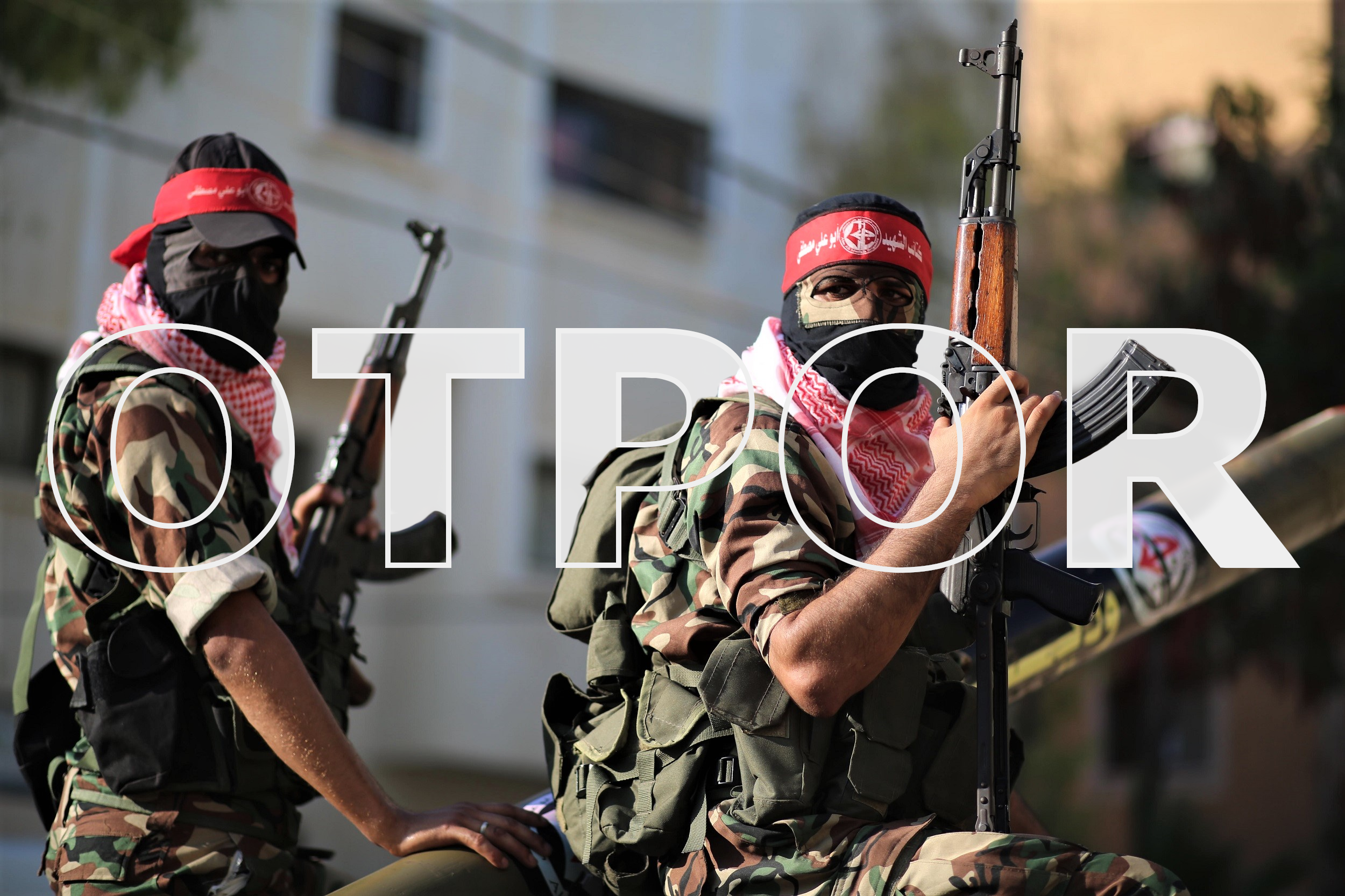![]()
Gaza
Since the Israeli army stepped into Rafah, in the south of Gaza, there have been several massacres in which hundreds of innocent civilians have been killed in the so-called “safe” areas. The tactic of herding the civilian population into certain “safe” areas, and then bombing them to the ground, represents Israel’s strategy that precedes this war.
In addition to Rafah, Israel also carried out massacres in the Jabalia camp, in the north of Gaza, from where it withdrew after a siege that lasted as long as 21 days. Although Israeli officials claim that they have achieved their military objectives in that camp, the fact that the retreat followed, after evident heavy losses, belies these allegations. The only thing Israel managed to do was to destroy almost all civilian facilities left in the camp, including hospitals, schools, humanitarian facilities and the like. Because of this much destruction, the Palestinian Civil Administration has declared that northern Gaza faces imminent famine.

The Palestinian resistance carried out several ambushes in the urban part of Gaza, during which they managed not only to inflict losses on the Israeli army, but also to capture several soldiers, for the first time since October 7. From the statements of the captured soldiers and those who are on the front line of the battle, it is clear that even in the Israeli army itself there is a stratification according to class and race, that is, that under the alleged national homogeneity, there is a clearly expressed racism. This is reflected in the fact that in the most dangerous areas and on the most dangerous operations, Israel in the vast majority of cases sends people who are not of white race, who do not originate from Europe or the USA, and who are of the lower class.
During and after the withdrawal of Israeli troops, the Palestinian resistance carried out multiple rocket barrages on militarized settlements around the Gaza Strip, including Nahal Oz, Sad, Ain Hashlosh, Mefalsim, Nirim and Kisufim. Such bombing of Israel by the Resistance, after the unsuccessful operations of the Israeli army and their withdrawal, has become a common practice of the Palestinian resistance. The goal of these barrages is to, in addition to expanding the zone of combat action itself, send a message that the goal of liquidating the resistance by the Israeli army has not succeeded. Moreover, the shooting immediately after the Israeli withdrawal only accentuates even more the failure of the Israeli army on the ground and of Israeli politics in general.

West Bank
As before, in the West Bank the Resistance continues to intensify its actions, which is reflected in increasingly frequent attacks on Israeli settlements around Palestinian camps, within the West Bank. This is especially important because Israel has approved the reopening of militarized settlements inside the West Bank, which served the same role as the Israeli settlements around the Gaza Strip – to keep the Palestinians in check.
Due to the increased Resistance, Israel has increased the number of operations throughout the West Bank, as well as their size. The attacked Palestinian settlements are Tulkarem, Al-Kalil, Tubas, Nablus, Jenin, Balata, Ramallah, Shuawat, Kalkilja, Kafr Dan. The goals of these operations vary from kidnapping Palestinians to finding and killing Palestinian resistance fighters.



[…] It is true that Israeli soldiers almost never see members of the Resistance, but that they are underground and come out only when they are ambushed. Also, in all the areas that Israel has declared “cleared” of the Resistance, the Resistance has returned, which is why IOS is constantly attacking the same areas again and again, such as the recent attack on the Jabalia camp. […]